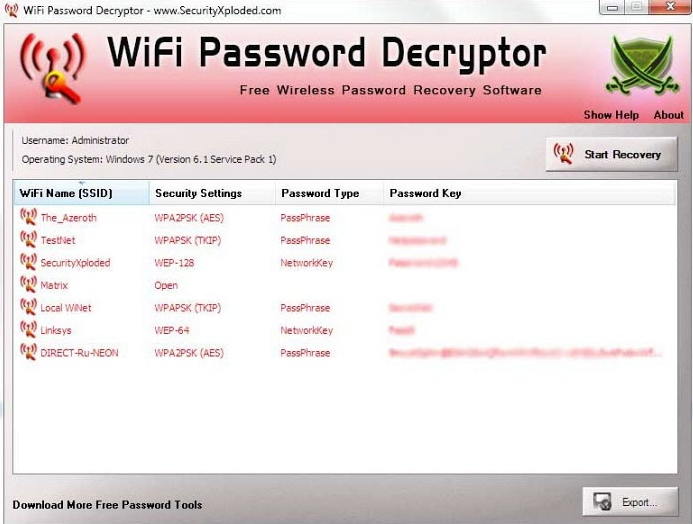
In short, hackers can redirect your Internet traffic to unsafe servers instead of the secure servers. Then again, malware can also slow down your Internet traffic by DNS hijacking.
Wifi hack software for mac how to#
Click here for steps on how to check for Wi-Fi thieves. If it’s happening a lot, or videos fail to play at all, you’re wise to suspect neighbors are piggy-backing on your connection. This annoyance often happens, especially if you play a lot of videos or your Wi-Fi connection is weak. When a streaming video suddenly freezes, and your device appears to be “thinking,” this is called buffering. Videos suddenly buffer and web pages take forever to load More Komando: How to find everything Microsoft knows about you 3. These stealthy tactics use up bandwidth and the unauthorized data they consume should be fairly easy to spot.ĭo you want to save on your data consumption? Here are 5 steps to cut your data usage in half. Compare the amount of data used from the prior months, and if you notice sudden spikes in your data activity even though you haven't changed your patterns, then chances are you are infected.įor example, adware infected gadgets usually perform unsolicited clicks in the background to generate profit for cybercriminals.


Look at Data Usage Meter or Data Monitor, depending on your provider. You’re using way more data than usualĮvery Internet provider has tools that can keep track of your monthly bandwidth consumption. This step can clear out frozen apps that can be hogging your memory. If this happens when you are on an iPhone, try a soft reset by holding the power and the home button until it reboots with the Apple logo.
Wifi hack software for mac mac#
Learn these three troubleshooting Mac shortcuts the pros use. Similar to Window's Task Manager, Mac's Activity Monitor displays a list of all your open processes with tabs for CPU, Threads, Idle Wake Ups and Network usage. The quickest way to access the Activity Monitor is by using Spotlight Search.Ĭlick the magnifying glass on the right side of the menu bar at the top of your screen, or press Command + Spacebar to open a Spotlight window and start typing the first few letters to auto-complete "Activity Monitor." Just press Enter to access the tool. The Mac equivalent to Task Manager is its built-in Activity Monitor. Restart the task and monitor it, but this program might be the culprit.Ĭlick here to learn powerful Windows Task Manager secrets for diagnosing and repairing slow computers. Open up the program associated with the process and see what it's doing. You might find one process is using 100% - or close to it - of your CPU. Open up Task Manager and check the CPU and memory columns for each process.

Put simply, the Task Manager lists all of your computer’s current tasks and how much processing power they’re using, measured in Central Processing Units (CPUs).


 0 kommentar(er)
0 kommentar(er)
